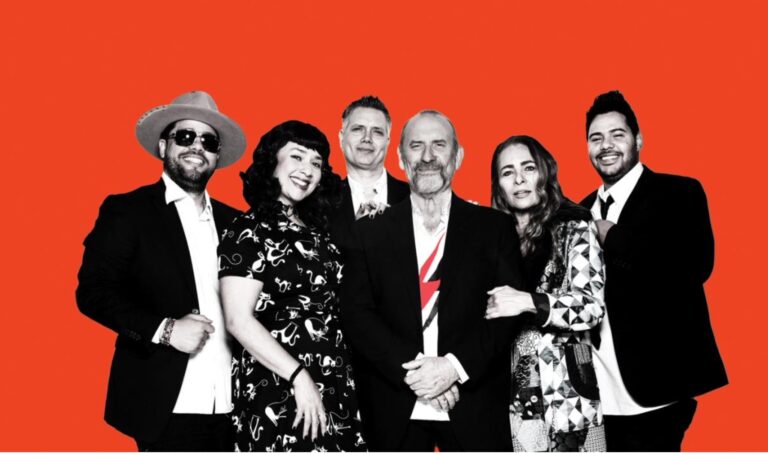
By ALLISON HORE
In the last week of June, NSW Premier Gladys Berejiklian announced a $340 million dollar “Open Spaces and Greener Sydney” package, outlining her commitment to increasing Sydney’s tree canopy and creating more quality green spaces in residential areas.
“Planting trees and creating new parks is just as important as building new roads, rail lines, schools and hospitals,” Ms. Berejiklian announced in a press release.
“Green and public open spaces should be accessible to everyone across the State, no matter where they live. That is why, for the first time, I have made it a priority to make sure more people are within walking distance of quality public space.”
In the next two years the Premier wants to see Sydney’s tree canopy grow by planting 1 million new trees in the region. This will contribute to the government’s 2030 goal of 5 million trees planted across the state.
According to the 2014 Benchmarking Australia’s Urban Tree Canopy report, Sydney’s Northern beaches had the highest tree canopy coverage, with almost 60%. Botany Bay and Randwick, on the other hand, had little over 10% tree canopy coverage.
Other areas in inner Sydney that fared poorly were Sydney City, Auburn, Marrickville, Waverley and Strathfield – all with under 20% tree coverage.
Newly appointed Planning and Public Spaces Minister, Rob Stokes, joined Ms. Berejeklian in Sydney’s South West to announce the $430 million plan.
“We’re backing councils like Campbelltown City Council to increase the tree canopy cover across Sydney through funding and support,” said Dr. Stokes.
More green space needed
The City of Sydney announced plans of their own for more green space. Last week the council released their design concept for a new playground in the heart of the city. Situated in Cook and Phillip Park near William Street, the park will feature a nature play area, treehouses, climbing ropes, sandpits, swings and slides.
“We know we need more places in our city for local and visiting kids to enjoy. We want to ensure that this park in the heart of our city is a welcoming and accessible place for people of all ages,” Lord Mayor Clover Moore said on the announcement of the design.
To design the park, extensive consultation with local primary school students, early childhood educators, the Australian Museum and the surrounding community was undertaken. Designers also consulted with a local Aboriginal Cultural Consultant in order to interpret the site’s Indigenous stories.
The new park is designed to be inclusive, with step-free access to custom-designed play equipment and accessible pathways. The city council hopes the playground will be used by children of all abilities.
Since 2005 the City of Sydney has created 21 new parks in the CBD and surrounds, and has undertaken major upgrades to a further 100. The Lord Mayor says she hopes the new playground offering will serve the growing number of families in the CBD.
“We have a number of wonderful playgrounds throughout the local area, and this unique playground will give the growing number of families with children living in the city their own space to play,” she said.
While the focus of the new playground is for play, green spaces are not just important for recreation purposes. They also provide an important environmental benefit.
“More trees means more shade, cooler suburbs, more oxygen and a better urban environment for communities to enjoy,” explained Dr. Stokes.
In a year just one mature tree is capable of absorbing 3,400 litres of stormwater and filtering 27kgs of pollutants from the air. But it can take decades for a tree to reach maturity and, in the name of urban development, it’s these mature trees that are often lost.
But NSW Govt felling 1000s of trees
The NSW Government was criticised by environmental groups for their removal of old growth trees in the city’s East for the construction of the new light rail. While around 120 trees were saved to be replanted, many old growth trees were lost, including a historic Moreton Bay fig tree known as the ‘Tree of Knowledge’ which had stood in Randwick for over 150 years.
An estimated 827 trees were also earmarked for removal in the construction of the WestConnex. And those projects aren’t the last of the mass tree removals in Sydney.
Around 2000 trees are set to be removed in Sydney’s west for the construction of Paramatta’s light rail line and a proposal for Macquarie Park’s Ivanhoe Estate would see the removal of more than 800 mature trees for the construction of 3500 dwellings.
There’s still a long way to go before the Premier’s green space and tree canopy target will be met- especially if mature trees continue to be removed.
Construction of the new Sydney playground is expected to start in late 2020.









